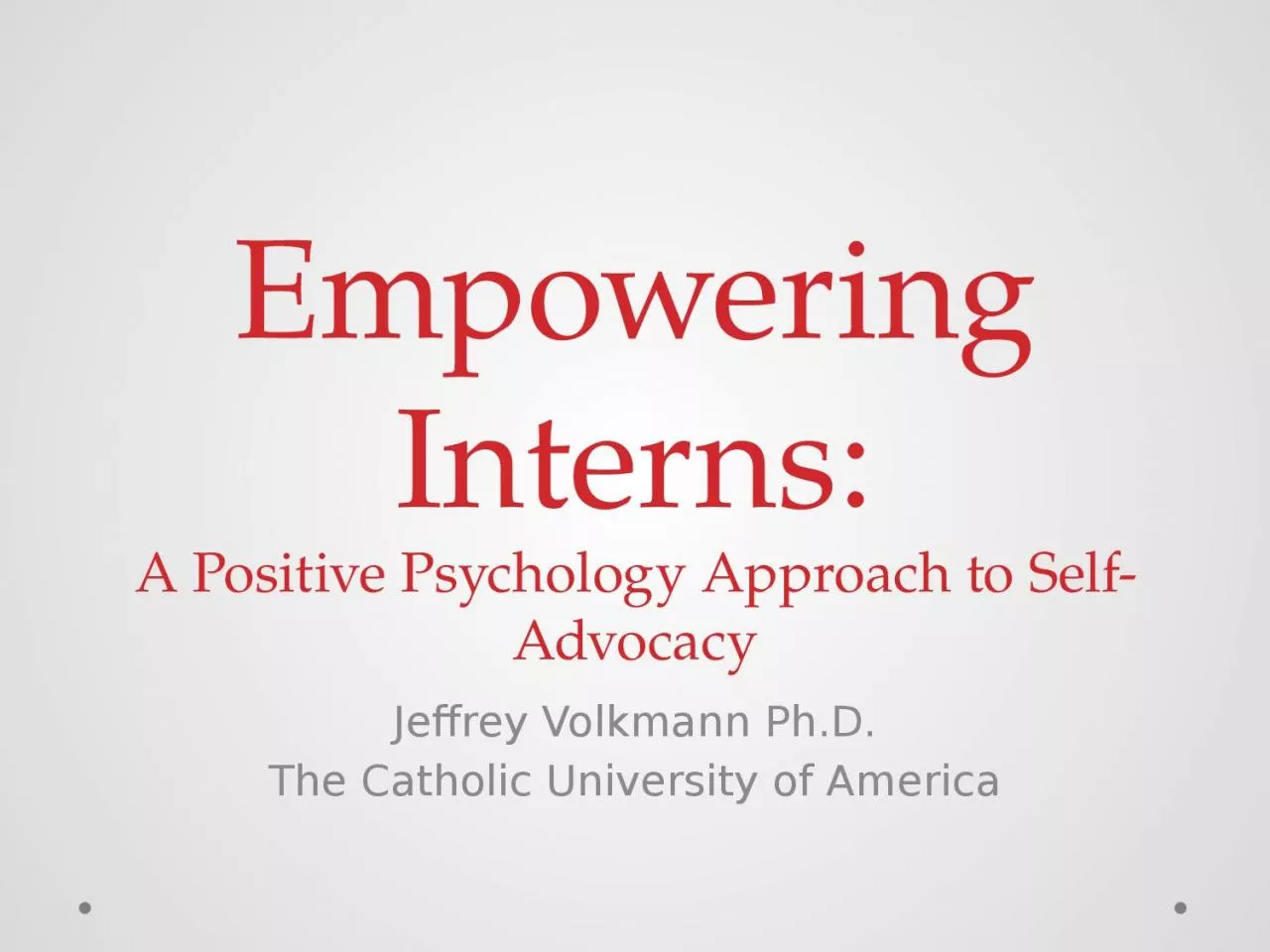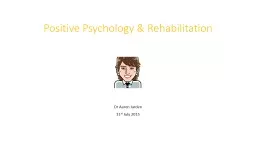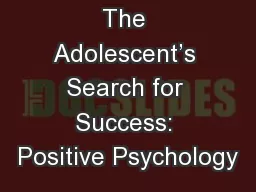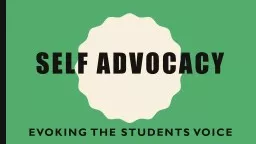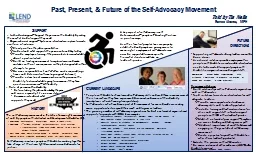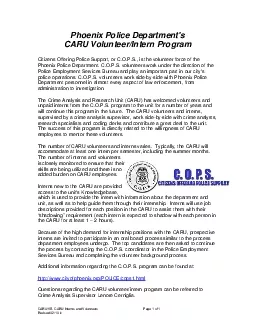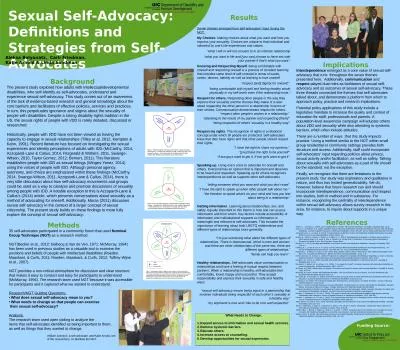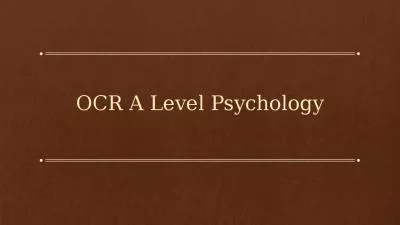PPT-Empowering Interns: A Positive Psychology Approach to Self-Advocacy
Author : lam | Published Date : 2022-06-15
Jeffrey Volkmann PhD The Catholic University of America Why I am presenting on this topic Personal philosophy I think it is important Experiences with interns Interns
Presentation Embed Code
Download Presentation
Download Presentation The PPT/PDF document "Empowering Interns: A Positive Psycholog..." is the property of its rightful owner. Permission is granted to download and print the materials on this website for personal, non-commercial use only, and to display it on your personal computer provided you do not modify the materials and that you retain all copyright notices contained in the materials. By downloading content from our website, you accept the terms of this agreement.
Empowering Interns: A Positive Psychology Approach to Self-Advocacy: Transcript
Download Rules Of Document
"Empowering Interns: A Positive Psychology Approach to Self-Advocacy"The content belongs to its owner. You may download and print it for personal use, without modification, and keep all copyright notices. By downloading, you agree to these terms.
Related Documents

